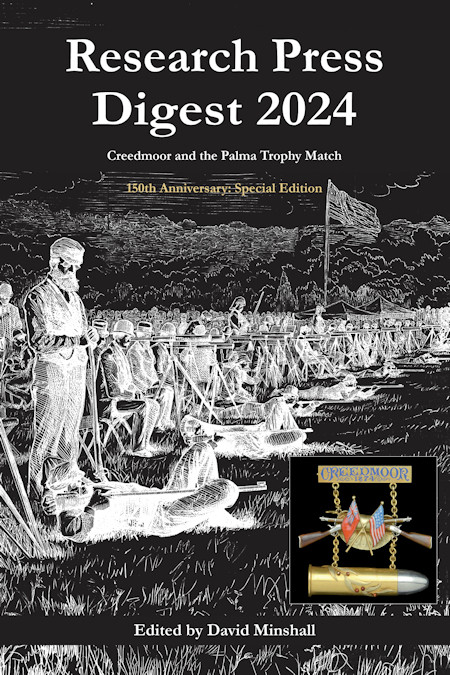Military Marksmanship
>> CONTENT NOW MOVED TO RESEARCHPRESS.UK <<
For the soldier to take advantage of the advances in firearms technology, so musketry instruction needed to evolve to meet changing military tactics and capabilities. The following articles cover accounts of military marksmanship and information on musketry instruction. A School of Musketry was established at Hythe, in Kent, in 1853; see Hythe School of Musketry for related articles.
- British Musketry Manuals - A guide to British musketry instruction manuals.
- Life in a Crimea Rifle Pit - First hand account of life in a rifle pit during the Crimean War [1855].
- Chalons - The Camp - A brief comparative overview of the arming and training of the French and British soldier [1856].
- 'Pickets' versus Bullets - Musketry instruction evolving to follow small arms development [1859].
- Indian Mutiny Long Shots - Comment on the effect of shooting a fouled muzzle loading Enfield rifle, and on the effectiveness of long range volley fire on artillery crews [1859].
- Rifle Instruction in the USA - Military rifle instruction manuals in the US Army and National Guard.
- Long-Range Rifle Fire - An overview of the development of the rifle in British military service from 1680 to 1885, and the impact on long-range shooting [1885].
 Research Press Digest
Research Press Digest